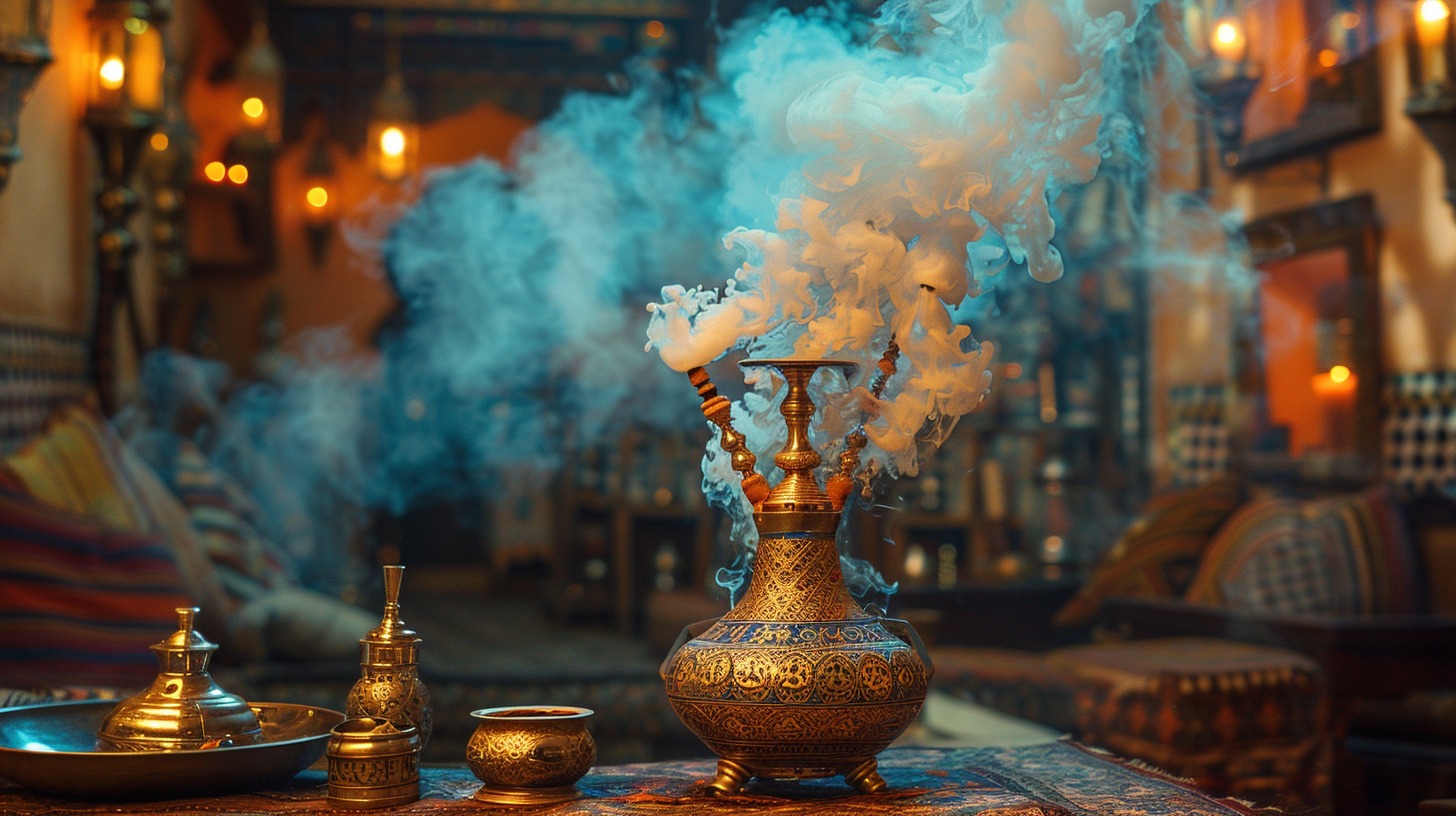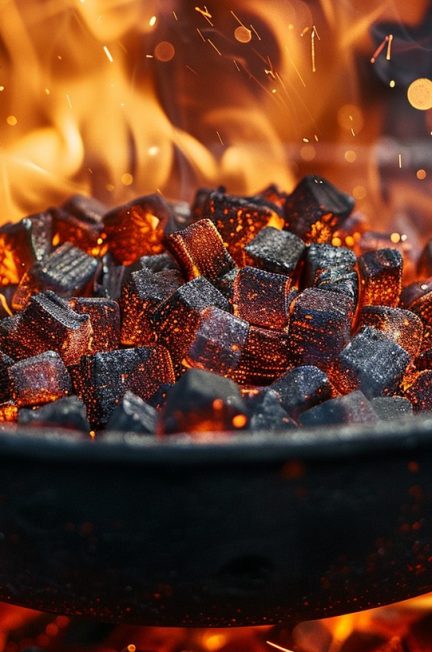Charcoal is one of the important components when smoking hookah. Everyone chooses the coal according to their discretion. Today, we will reply to the most popular questions on this topic.
Why is coconut shell mainly used for making charcoal
Coconut shell from shisha charcoal manufacturer is used because it is a denser material, gives a minimum of ash and more heat, and has fewer extraneous flavors and odors.
Most coals are produced in Indonesia. The coals are mostly made up of shells with tapioca added.
What is tapioca, and why is it needed
Tapioca is a naturally occurring binder extracted from the root of the cassava plant. It is needed for the charcoal to hold its shape. Many manufacturers use it. If this natural glue is not used, the charcoal will crumble. It is possible to compress it, but it will break when heated.
Tapioca affects the odor when the charcoal is ignited. The worse the tapioca is cleaned, the more the well-known campfire aroma will be felt. The “aroma” only occurs during ignition, i.e., when the coals are ready, all the tapioca evaporates.
Why is it so important that the charcoal kindling stove is of good quality? If the stove is slow to ignite the charcoal, the tapioca smokes; thus, an unpleasant odor is present.
Wild coconut from coconut charcoal manufacturers is denser, more stable in heat, and less ashy. It occupies a very small percentage of the market because it is difficult to obtain, and no quantity is needed for production. Wild coconut can be harvested from a palm tree once a year, while artificially grown coconut yields up to 3 harvests a year.
Who produces, where coal is sold
Coal is sold all over the world. The most interesting thing is that the people directly involved in coal production (line workers) do not smoke hookahs or pay attention to important factors in production. The most important thing in Germany is that the charcoal burns; in Arab countries, the price policy matters, not the quality.
Raw materials, packaging, transportation – how much does production cost

It costs ~$100000$-2000000$ to open a plant. Most producers just come to the plant and say, “We need coal; here are the standards,” while others come in with a whole team and look at the equipment; if everything suits them, they rent a production line and start production.
Only your team and your technologist will give you what you need. The cost percentage is 30% raw material, 30% production, 30% transportation, and 10% packaging.
Why is there an unpleasant odor in the coals?
Apart from tapioca, the quality of the charcoal depends on the shell itself. Different stoves are used to dry the charcoal; they are electric-fueled and wood-fired.
When drying the shells in wood-fired kilns, there is a high probability of soot sticking to the surface of the shell. Thus, the quality of the final product may be spoiled.
When further processing the shells, not all manufacturers think about the presence of metal dust in them, so magnetic cleaning for them is something from the category of science fiction.
Charcoal is rotten only because of poor quality raw materials, for example, because of overcooked coconut, as well as the presence of sand, earth, metalized dust, and the lack of a multi-stage purification system.
Lemon charcoal
Oddly enough, lemon charcoal is made from the same coconut; only lemon wood shavings are added. Charcoals are worse than coconut charcoals. They burn through quickly, give less heat, and leave a pile of ashes.
Packed coconut coal is sent to warehouses: storage conditions directly impact the quality of the product the end customer will receive. Warehouses must be ventilated, dry, and heated so that the coal does not get damp.
The optimal temperature is 12-18 degrees. Direct exposure of packages to sunlight should be avoided so the coals do not ignite.




